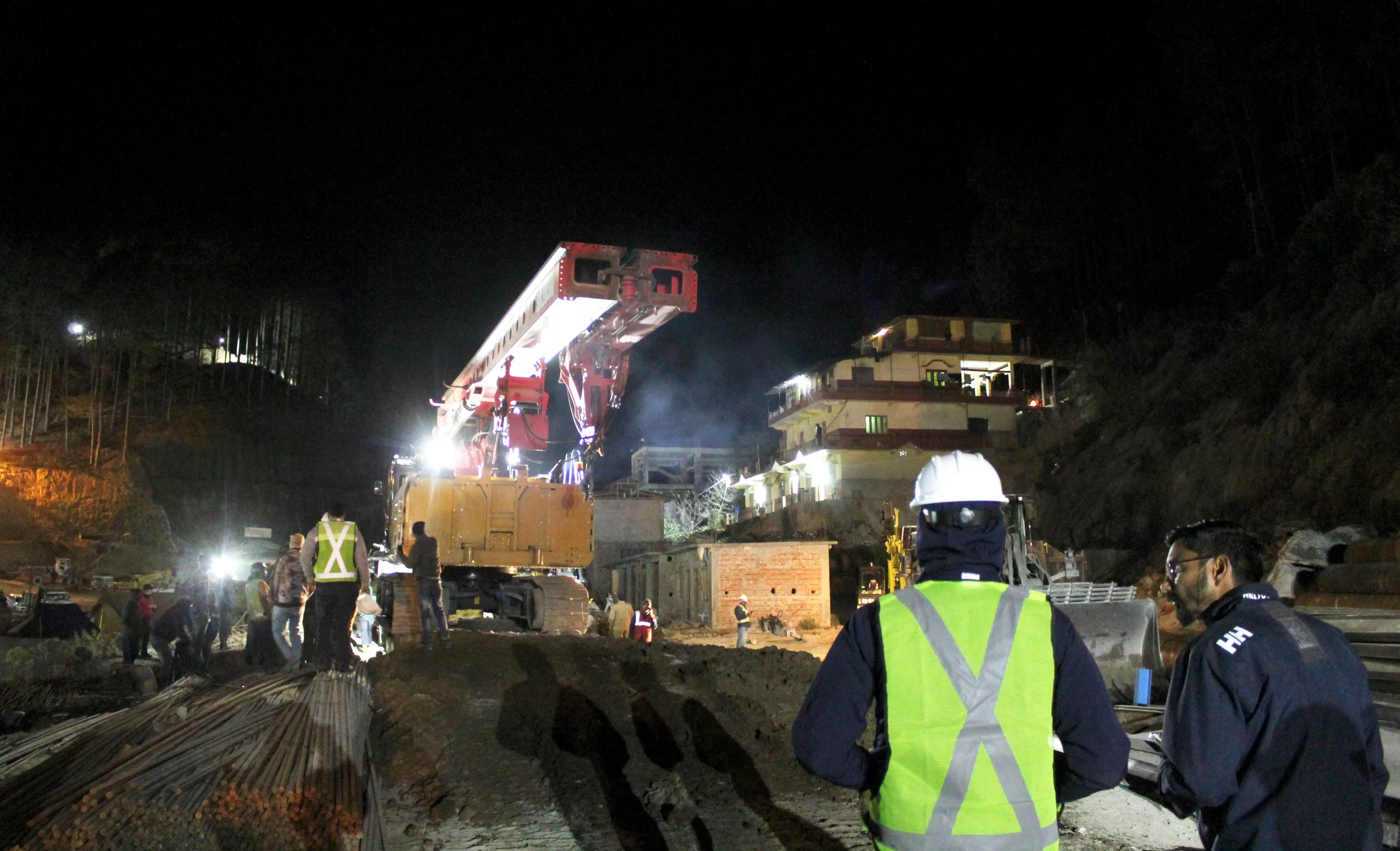
Silkyara tunnel collapse: A look back at daunting rescue ops of past
From Haryana boy stuck in a bore well to trapped mine workers in Meghalaya, rescue operations take longer than expected, but offer light at end of tunnel

As rescue operations at the Silkyara tunnel came to a grinding halt after the auger machine got stuck while drilling a passage through the tonnes of rubble, anxious relatives missed a heartbeat or two, as did the rescue workers. For two weeks now, 41 construction workers have been trapped, and multiple agencies are at work to rescue them. Between hope and despair, efforts to resume the rescue work are afoot as a plasma cutter was flown in from Hyderabad to Uttarkashi, but the delays caused by some such other setbacks point to a stark fact about such operations which are riddled with uncertainties: They are in for a long haul.
As the days pass by and rescuers in Uttarkashi race against time, attention is unmistakably drawn to some of the rescue operations that have left an indelible mark on human memory. From a Haryana boy stuck in a bore well to trapped mine workers in Meghalaya in India, from trapped Chilean miners to Thai students trapped in a cave, all rescue operations stand out with one commonality. They keep the people trapped and their kin on tenterhooks and the larger public finds collective catharsis when they are rescued after long agonising hours.
Here is a peep into some of the longest-drawn rescue operations:
When a dry bore well becomes a death trap
When five-year-old Prince fell into a dry bore well in a Haryana village in 2006, his rescue became a national spectacle with televised coverage flashing blow-by-blow accounts. The bore well was 60 ft deep and had only an 18-inch diameter, making it a challenge for rescuers. As hours turned into days, hope for his survival dimmed and, when army personnel rescued him after a grueling 30 hours of operations, an entire nation heaved a big sigh of relief. By the time Prince saw the sparkling world around him again, he had spent 50 hours trapped in that bore well.
The Chhattisgarh government pulled out all the stops to rescue 11-year-old Rahul Sahu in June last year. Sahu had fallen in a 60-ft deep bore well in Pihrid village of Malkharoda block. It took five days and more than 150 rescue workers and officials to lift the boy to safety.
A ‘chapter of alpine rescue history’
Germany had to launch its longest cave rescue operation in June 2014. Speleologist Johann Westhauser, along with two colleagues, was on an expedition to Riesending cave when he was injured severely in the head while they were in the longest pit cave. It took 60 rescuers, including experts from Germany, Australia, Croatia, Switzerland, and Italy, and 11 days to bring Westhauser to safety.
One of Westhauser’s colleagues had to make a 10-hour ascent from the pit cave to reach the surface and then walk 6 miles before the rescue could be called in.
The Chilean Mine Rescue
Thirty-three miners of San Jose gold and copper mine in Chile’s Atacama Desert found themselves trapped when an explosion led to a huge block rock collapse inside the mine in 2010. Even as kin waited with bated breath for their safe return to home, the workers remained trapped for 69 days before they were rescued.
The Great Thailand Cave rescue
It was a routine excursion for the 12-member Wild Boars of Thailand's Chiang Rai province, and their coach Ekkapol Ekk Chantawong, into Tham Luang cave that evening in June 2018.
In their youthful enthusiasm, they lost sense of time and weather, as they ventured deep into the mountain cave and found themselves trapped amid swirling and rising muddy rainwater. It was too late when they realised their mistake. The Thai government had to mount a large-scale rescue operation, involving 10,000 people including 1000 divers and military personnel, which took 18 days to bring them to safety.
The Meghalaya mining rescue
However, the rescue operation that was launched to save 15 miners trapped 370 deep in a coal mine in the Jaintia Hills district of the northeastern state takes the cake as the longest-running rescue operation in the world.
Five miners managed to escape before the government launched the operations, which lasted more than three months, to rescue the rest.
Raniganj mining rescue
Like the Meghalaya mine disaster, 65 miners were trapped in a coal mine in the Raniganj area in West Bengal. They were rescued after four days in one of the shortest operations on November 17, 1989.
Bollywood grapevine has it that Akshay Kumar is playing the lead character Jaswant Gill, who is said to have played a role in the rescue, in one of his upcoming flicks.

